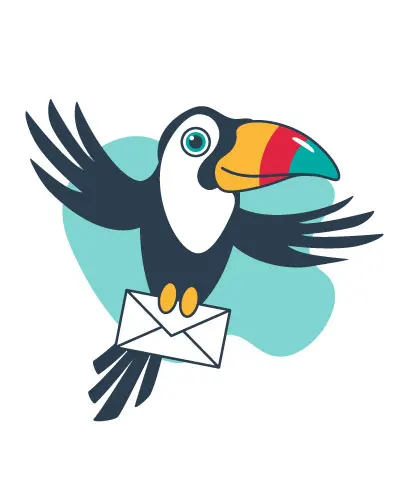How to catch your audience's attention
Today you are going to learn
how to captivate your audience’s attention.

In fact, these guidelines helped me become more confident in my presentation and face my fears. To captivate, first you have to drop an attention getter and then understand your audience.
And why is it so important to captivate your audience’s attention? Because, that way, you will manage to meet their needs and give impact to your speech.
Let’s get started!











